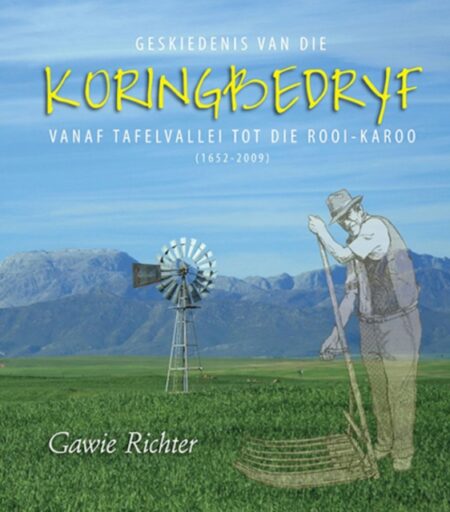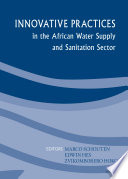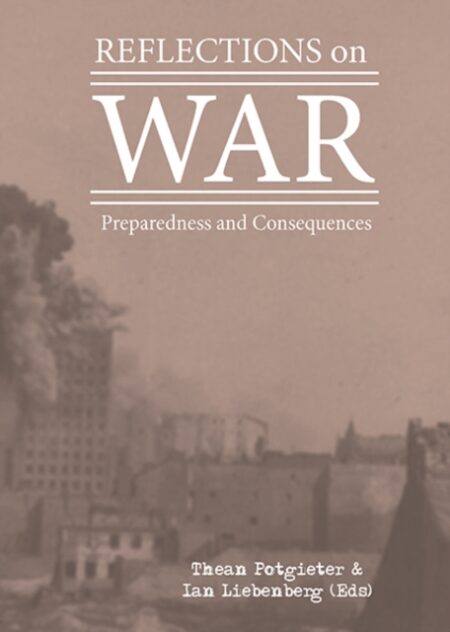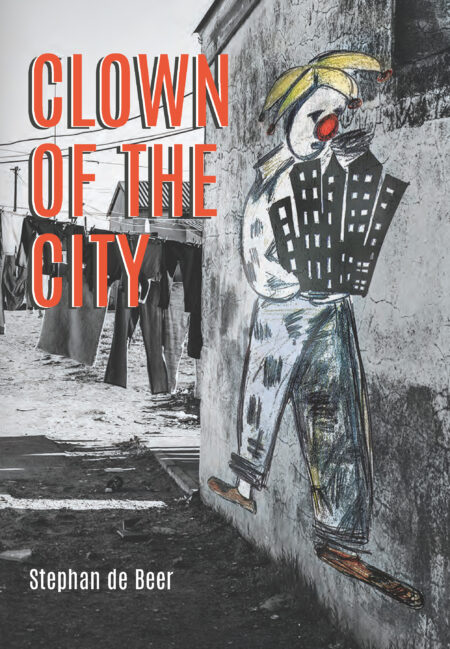-

African Military Geosciences
0R335,00This eight-chapter volume, African Military Geosciences: Military History and the Physical Environment, is a tour-de-force covering nearly 500 years of African military geosciences. It is a truly global book that reveals keen insights into regional, national and international military-forces activities centered in Africa and how the understanding of geosciences plays important roles. It is written for the specialist, but also attractive to the general military buff – well referenced and illustrated with figures from primary sources, historical catalogues and compendia. The publication explores the age of sail, harbour defenses, the trafficability of desert environments and marshes, as well as climate controls on sailing or land battles. There is even insight into an elite artillery unit staffed by women during Second World War – essentially covering the whole gamut. Ultimately, the reader explores a nearly 500-year journey around the African continent and beyond.
-

Background to SANS 10160
0R290,00This book provides practising SA structural design engineers with the background to and justification for the changes proposed in the new SANS 10160 standard.
‘The publication of SANS 10160 will be the culmination of a period of concerted effort by a SAICE working group to review various modern structural design standards around the world and having done so, the working group proposed a revision of SABS 0160 which will align with the SA standard with the most suitable of these international standards.’
Dr Graham Grieve Chairperson, SAICE Working Group on SA Loading Code
-

Contemporary Military Geosciences in South Africa
0R400,00Contemporary Military Geosciences in South Africa presents the reader with chapters celebrating the scope, reach and impact of themes researched by military geoscientists. The first topics under investigation ranges from battlefield archaeology and battlefield tourism to military environmental management and the development of a unique South African spatial decision support system for military integrated environmental management. This is followed by an in-depth look at contemporary maritime factors at play in South Africa. The book is concluded by an analysis of the issues surrounding military mobility software and terrain negotiability, as well as a comprehensive examination of how geographic factors influence the distribution of natural radionuclides in a military area.
Print: View Print Version
-

Ecosystem Services in the Gariep Basin
0R350,00This assessment report is a component of the multiple-scale southern African sub-global assessment (SAfMA), which investigated the condition and trends of ecosystem services and human well-being in the Gariep basin from 1993 to 2003, as well as future scenarios and possible responses to ecosystem change.
The assessment features highlights from four local-scale assessments nested within the basin: Sehlabathebe, Great Fish River, Richtersveld and the Gauteng Province.E
-

Geometrically Nonlinear Analysis of Plan trusses and Frames
0R490,00This book is an outcome of academic cooperation between the Volgograd State University of Architecture and Civil Engineering in Russia, Stellenbosch University in South Africa, and the Technische Universitat Berlin in Germany.
The authors performed coordinated and cooperative research on nonlinear structural analysis and on computer-supported civil engineering over a period of several years. Many of the innovative aspects of this book were invented and developed in the course of the research effort.
-

Geskiedenis van die Koringbedryf
0R240,00Dit is nie alleen ‘n lekkerlees boek nie, maar is propvol geskiedkundige inligting en beslis ‘n waardevolle toevoeging tot die literatuur oor landbou in Suid Afrika. – Prof Andre Agenbag Universiteit Stellenbosch
-

Innovative Practices in the African Water Supply and Sanitation Sector
0R265,00?Innovative practices in the African Water Supply and Sanitation Sector is a must read for practitioners who are interested getting started on the path towards more sustainable water management. It is a rich collection of practical African case studies covering innovative ways to approach such diverse topics as financing, capacity building, community ownership and management through to water loss reduction and health risk prioritisation provide a variety of entry points for governments and NGOs to take action.? ? Carol Howe SWITCH Project Director
-

Law, Religion and the Environment in Africa
0R0,00This volume explores themes of ecotheology, ecofeminism, environmental pollution and degradation, climate change, human and environmental rights, sustainable development, human-animal relations through totem and taboo, sacred sites and spaces, and other environmental topics in ways that add immeasurably to the study of African environmentalisms and the interaction of law and religion. In terms of religion, the capability of humans not only to sin and destroy the earth, but also to repair and redeem it, is very much in evidence across Christianity, Islam and AfricaOs many indigenous religious and cultural traditions. In terms of law, the need for effective policies and for states and governments to work with indigenous groups and communities towards environmental solutions is also apparent.E
-

Leapfrogging Africa
0R275,00In this study, we look at the potential for development leaps in Africa in three key sectors that provided the basis for socioeconomic development around the world: health, education and agriculture. Advances in these sectors increase the human capital, create jobs and economic opportunities and have a positive influence on each other. Healthy and well-fed children can learn better; hygiene and better medical care diminish infant mortality, which reduces the desire for a large number of children; education for women promotes gender equality and causes birth rates to fall further. This creates a population structure under which the economy can grow particularly well: a demographic dividend becomes possible.E
-

Leapfrogging Africa
0R220,00In this study, we look at the potential for development leaps in Africa in three key sectors that provided the basis for socioeconomic development around the world: health, education and agriculture. Advances in these sectors increase the human capital, create jobs and economic opportunities and have a positive influence on each other. Healthy and well-fed children can learn better; hygiene and better medical care diminish infant mortality, which reduces the desire for a large number of children; education for women promotes gender equality and causes birth rates to fall further. This creates a population structure under which the economy can grow particularly well: a demographic dividend becomes possible.
-

Reflections on War
0R390,00Reflections on War is a comprehensive and objective investigation into the problems of war. The book explores the crucial link between theory, strategy and objectives in war, taking all the evidence and theory into account, and should be of interest to military practitioners, specialists in defence studies, and others interested in military history. Also notable about the work is its ability to draw insights together from international legal theory, management sciences, history, sociology and the political economy of war ? showing due respect for the moral complexities involved in waging war.
eBook: View eBook Version
-

Reliability Analysis for Structural Design
0R290,00Reliability analysis for structural design provides an effective and consistent introduction of the theory of structural reliability. The wide involvement of the author in the development of such design standards at various levels results in his ability to introduce advanced concepts in a clear and practical manner.
The book consequently not only provides an appreciation for the way in which reliability-based partial factor limit states design procedures are formulated in design standards, but also for ways in which these principles can be applied in design practice, particularly where high demands are placed on structural performance.


